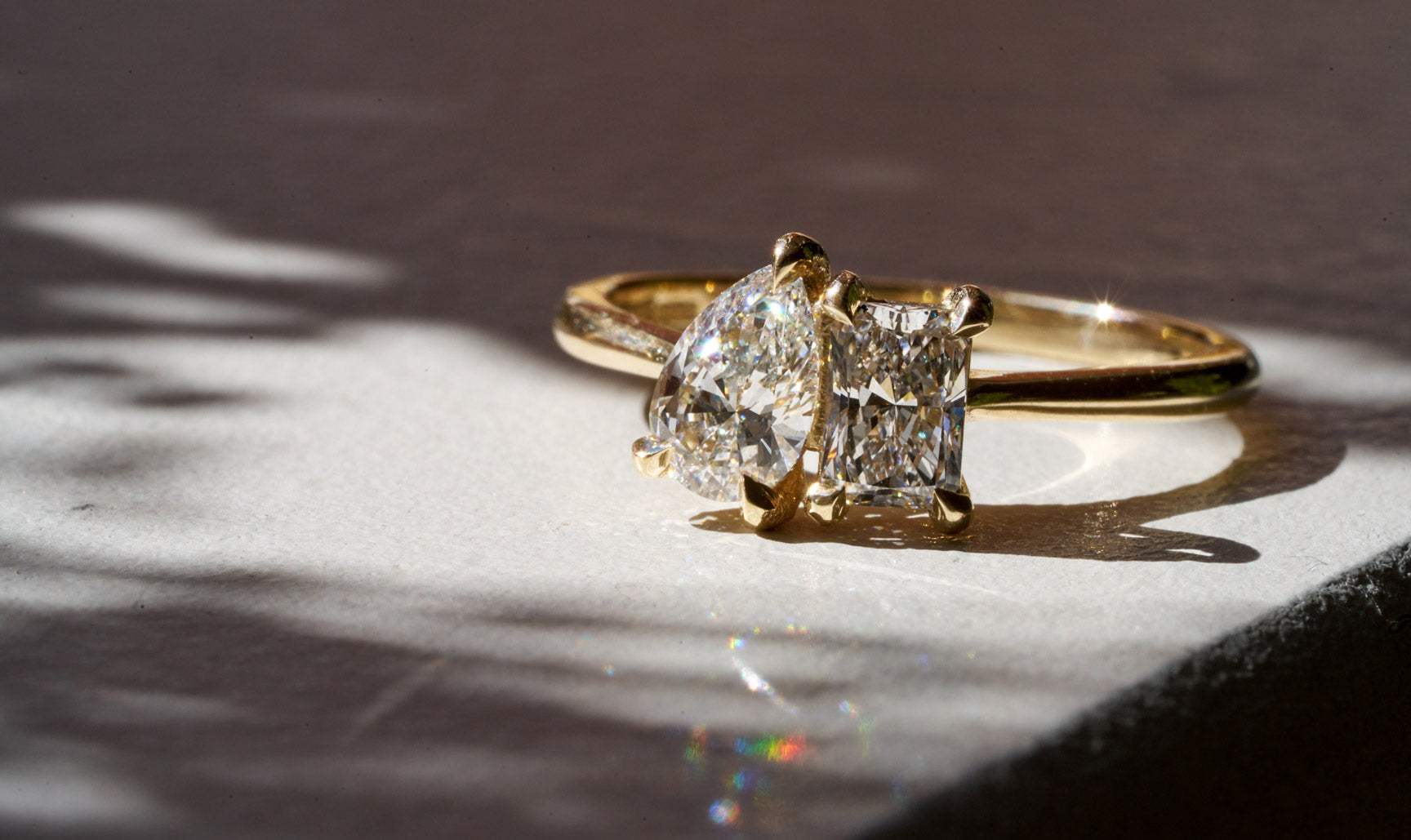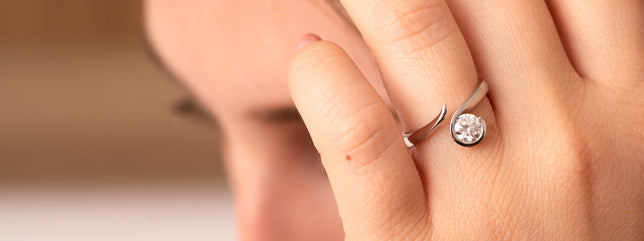What is a Ring Size?
Ever wondered why ring sizes are such a big deal? Ring sizes are simply a way to ensure that the ring you choose fits perfectly. Imagine wearing a ring that’s too tight—it could be uncomfortable, or worse, it might get stuck! On the flip side, a ring that’s too loose might slip off, which is just as frustrating. So, understanding and finding your ring size is crucial to ensuring your jewelry fits just right.
How Ring Sizes are Measured
So, how do jewelers figure out your ring size? There are various methods, but they all aim to find the circumference of your finger. This measurement is then matched to a standard ring size chart. Sounds simple, right? But the details can make a big difference, especially if you’re buying a ring online or as a surprise gift.
Different Ring Size Systems
US and Canadian Ring Size System
In the US and Canada, ring sizes are typically measured using a numerical scale. This scale starts from size 3 (very small) and goes up to size 13 (very large). Each size increment represents a small increase in the ring’s circumference. So, if you’re a size 6, a size 7 would be slightly larger.
European Ring Size System
The European system uses a different approach. Instead of numbers, it uses a series of letters, such as 48, 50, 52, etc. These numbers correspond to the circumference of the finger in millimeters. For instance, if your ring size is 52, it means the circumference of your finger is 52 millimeters.
UK and Australian Ring Size System
In the UK and Australia, ring sizes are denoted by letters, starting with A and going up to Z. The sizes go from A (smallest) to Z (largest), with each letter representing a different circumference. So, if you’re an N, your ring is slightly larger than an M but smaller than an O.
Japanese and Asian Ring Size Systems
In Japan and some Asian countries, ring sizes are often represented by numbers that correspond to the diameter of the ring in millimeters. For example, a size 12 would have a diameter of 12 millimeters. This system is straightforward and easy to understand once you get the hang of it.
How to Determine Your Ring Size
Using a Ring Sizer
The most accurate way to find your ring size is to use a ring sizer. These are small, adjustable tools that fit around your finger to give you a precise measurement. You can get a ring sizer from most jewelers, or you can order one online.
Measuring Your Finger at Home
Not everyone has a ring sizer handy, but don’t worry! You can measure your finger at home with a few simple tools.
The String Method
Grab a piece of string and wrap it around the base of your finger. Mark where the string meets and measure the length with a ruler. This length is your finger’s circumference. Then, use a ring size chart to convert this measurement into a ring size.
The Paper Strip Method
If you don’t have string, a paper strip can work just as well. Cut a thin strip of paper, wrap it around your finger, and mark where it overlaps. Measure the length of the paper strip and use a ring size chart to find your size.
Visiting a Professional Jeweler
For the most accurate measurement, visit a professional jeweler. They have the tools and expertise to ensure you get the perfect fit. This is especially useful if you’re buying an engagement ring or any other important piece of jewelry.
Choosing the Right Ring Size for Different Types of Rings
Engagement Rings
Engagement rings are often worn every day, so getting the size right is essential. Remember that fingers can swell with temperature changes, so consider this when choosing a size. If you’re unsure, a slightly larger size is usually better, as resizing down is easier than resizing up.
Wedding Bands
Wedding bands should fit comfortably but snugly. Unlike engagement rings, which are often worn on the left hand, wedding bands are usually worn on the right hand. Keep in mind that the band should be easy to slip on and off but not so loose that it could fall off.
Stackable Rings
If you love wearing multiple rings, like stackable bands, it’s a good idea to have them slightly smaller to ensure they fit snugly together. These rings should fit comfortably but should not slide around too much.
Lab diamonds, also known as synthetic or cultured diamonds, are crafted in a controlled laboratory environment using advanced technology that replicates the natural conditions under which diamonds form. Unlike mined diamonds, which require extensive excavation and environmental disruption, lab diamonds offer a more sustainable and ethical alternative.
Men’s Rings
Men’s rings are generally wider and heavier than women’s rings, which can affect the fit. Men’s fingers are also typically larger, so getting an accurate measurement is crucial to ensure the ring fits well.
Conclusion
Getting the perfect ring size might seem like a small detail, but it’s crucial for comfort and style. Whether you’re buying a ring for yourself or as a gift, understanding how to measure your finger and knowing the different sizing systems can make all the difference. So, next time you’re picking out a ring, remember this guide to ensure it fits just right. Happy ring shopping.

:max_bytes(150000):strip_icc()/how-to-measure-ring-size-2000-52f2e1af70ba4f249127a802cee56e92.jpg)

